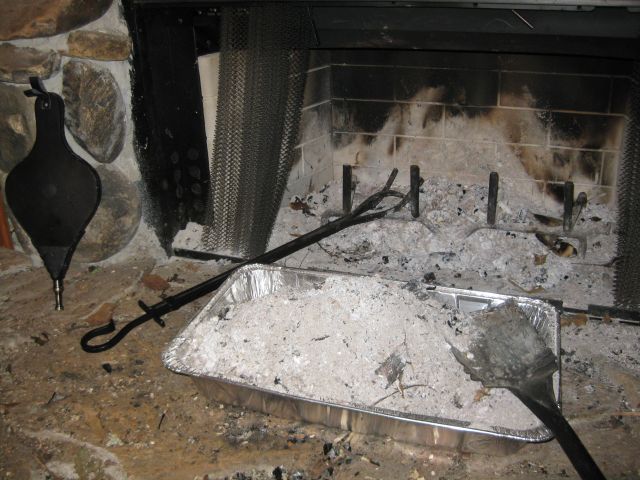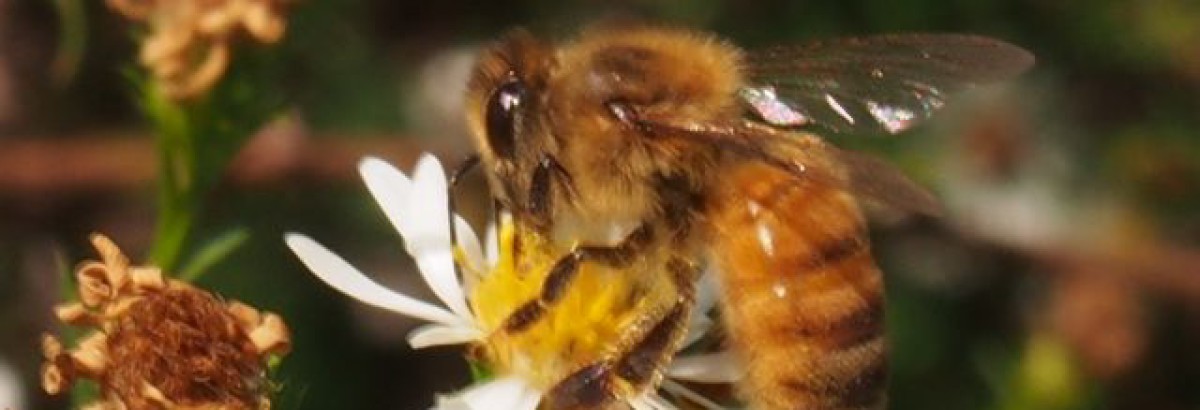On cold nights I burn wood in the hearth. Really inefficient with most of the heat going up the chimney and I am resolved to install, some time, a good wood stove. However, what puzzles me as I stare at the burning embers is why there is so little residue from the logs. The amount of ash remaining depends on several factors such as type of wood, moisture content and heat of combustion. Seasoned wood has a moisture content of say 20% (water represents 20% of the total weight). The ash remaining has a weight equal to say 1% of the weight of the wood logs. So, after excluding the weight of the water (20%) and the ash (1%) almost all of the dry weight of the wood (79/80) goes up in the air. And yet I thought that much of the weight of plants and trees came from soil ingredients, which I supposed were inflammable and had mass commensurate with the weight of the vegetables harvested. And so, after big food harvests, I diligently supplemented the growing areas with compost.

In 1600 before the advent of classical science and fancy measuring instruments, van Helmont conducted the famous willow tree experiment. In his own words:
“I took an earthen pot and in it placed 200 pounds of earth which had been dried out in an oven. This I moistened with rain water, and in it planted a shoot of willow which weighed five pounds. When five years had passed the tree which grew from it weighed 169 pounds and about three ounces. The earthen pot was wetted whenever it was necessary with rain or distilled water only. It was very large, and was sunk in the ground, and had a tin plated iron lid with many holes punched in it, which covered the edge of the pot to keep air-borne dust from mixing with the earth. I did not keep track of the weight of the leaves which fell in each of the four autumns. Finally, I dried out the earth in the pot once more, and found the same 200 pounds, less about 2 ounces. Thus, 164 pounds of wood, bark, and roots had arisen from water alone.” (Howe 1965)
van Helmont believed that the 2 ounces loss in soil weight was a measuring mistake and that all the additional weight of the tree came from water. We now understand photosynthesis where water and carbon dioxide are transformed into sugar (glucose) and that typically, 96% of the dry weight of plants is made up of carbon, hydrogen and oxygen which are obtained from water or carbon dioxide. And the 2 ounces of soil missing in the van Helmont experiment represented vital macro- and micro-nutrients which are critical for the health of the soil.
So, I now realize that my challenge is not to replace soil consumed by my plants but to ensure my soil stays in balance and that I maintain an adequate supply of essential nutrients – light in weight but heavy in importance. And I carefully save and disburse the wood ash as part of the recycling process, except to my acid loving blueberries and other low ph plants.
